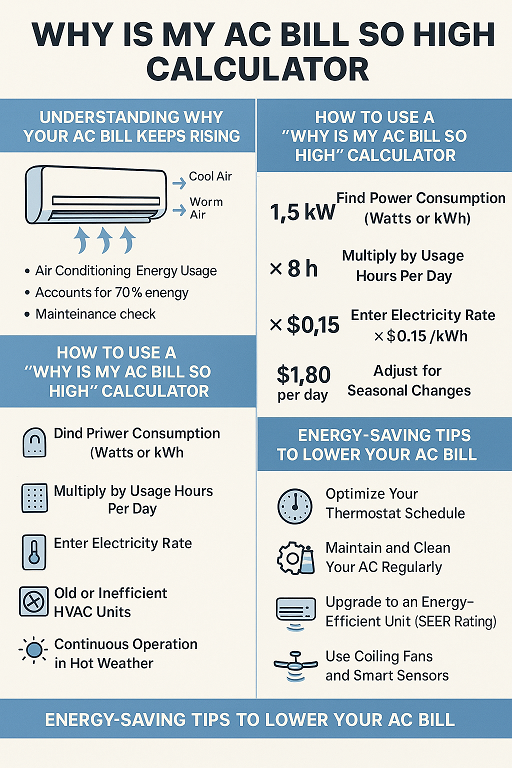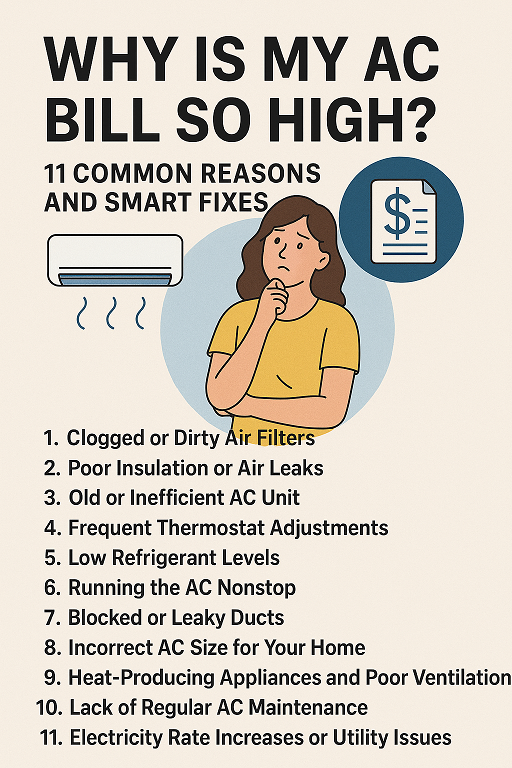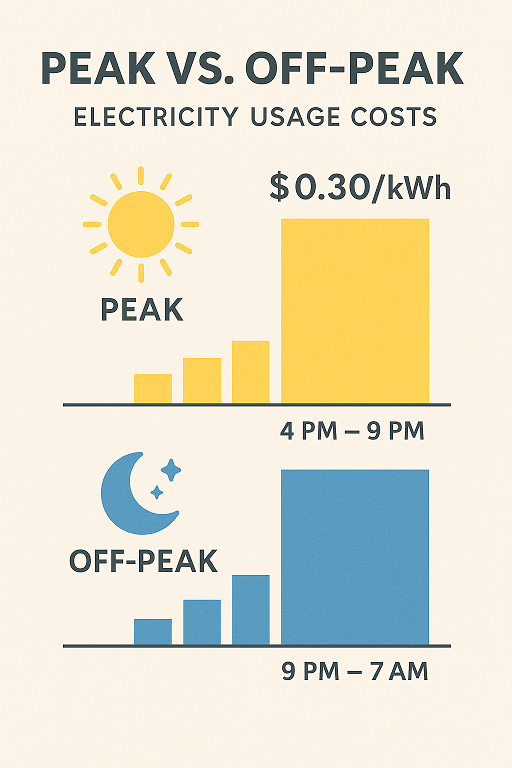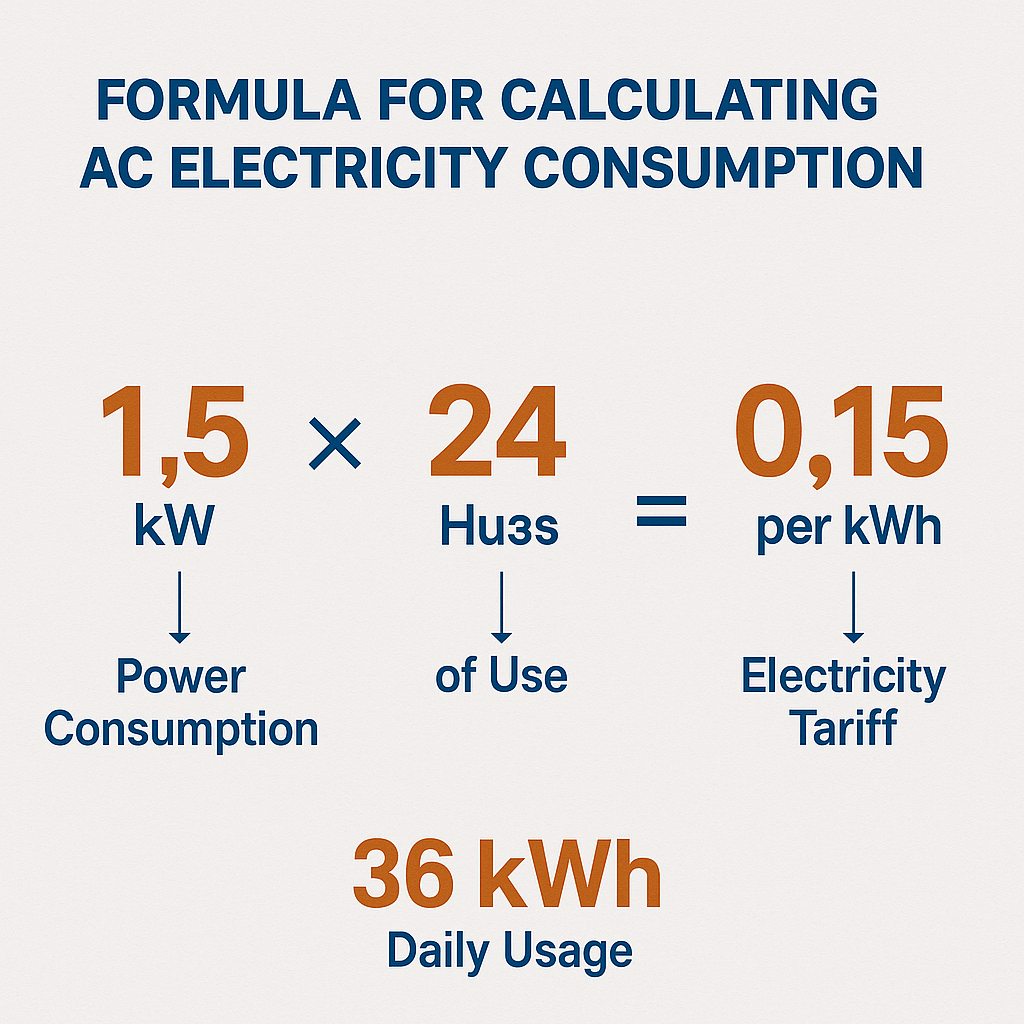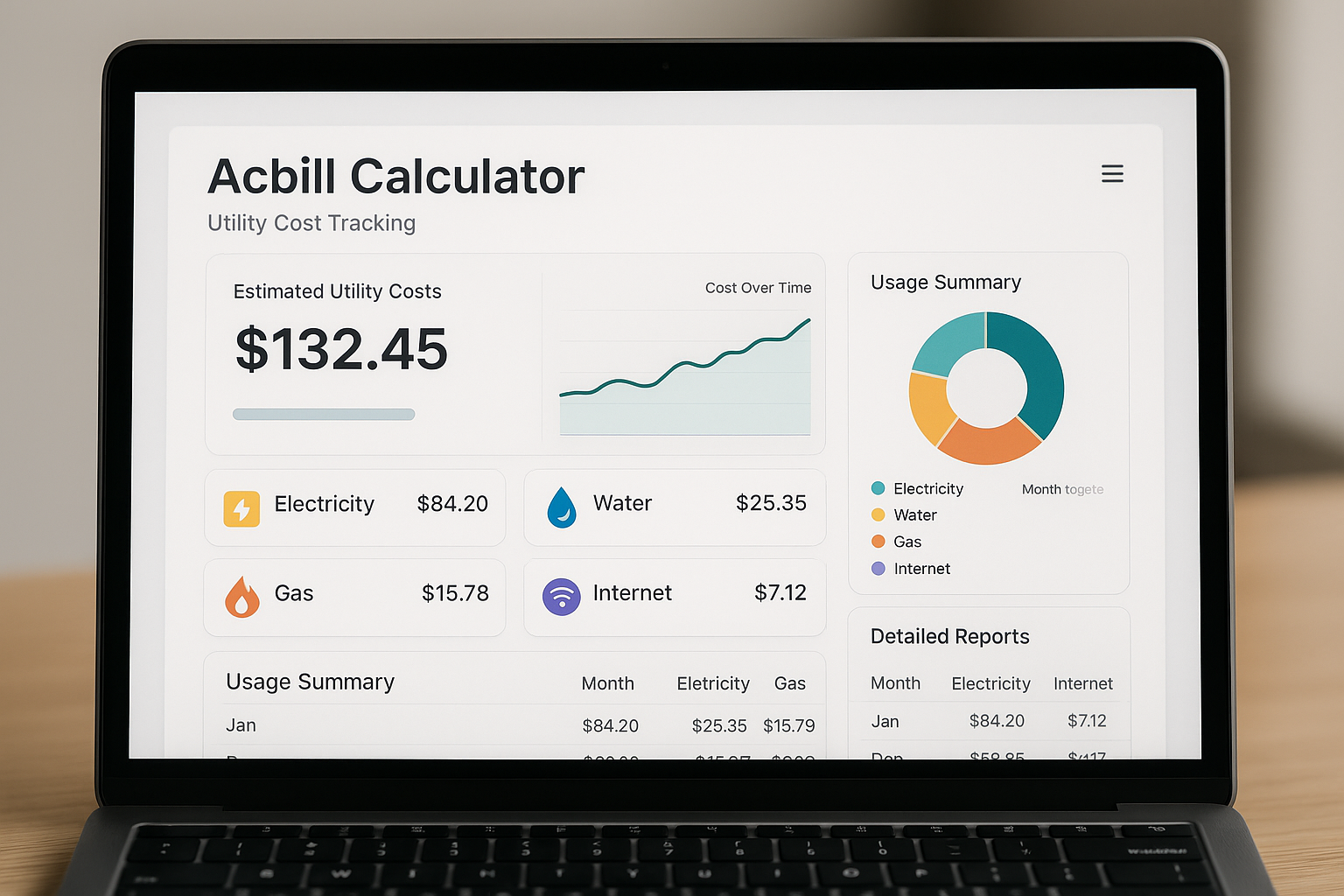
3★ vs 5★: How Star Rating Impacts Your AC Bill
3★ vs 5★: How Star Rating Impacts Your AC Bill
The need for air conditioners has increased during the summer months as they are very important. However, not all ACs perform the same when it comes to electricity consumption. Star rating for ACs is an important factor that calculates your electricity bill every month and saves you money in the long run.
Here, we will explain the difference between 3-star and 5-star ACs, how EER and SEER ratings work, tables, savings, and a break-even analysis to help you make the right decision.
Understanding AC Star Rating & Electricity Consumption
What Is an AC Star Rating?
In India, the Bureau of Energy Efficiency (BEE) gives products that are rated with an AC star rating. This aids consumers in making quick decisions as to how energy efficient an appliance is.
- More stars = efficienter
- 1★ is the most inefficient and we have 5★ the most efficient
How the BEE Star Rating System Works in India
The BEE Star label is calculated based on the Energy Efficiency Ratio (EER) or Seasonal Energy Efficiency Ratio (SEER) figures. The higher this ratio, the less energy your air conditioner will use to cool the same amount of space.
The higher the ratio, the lower your air conditioner will use up to cool a like space.
Role of the Bureau of Energy Efficiency (BEE)
BEE revises the star rating standards on celebrities every few years, so a 5★ rating given in 2015 may not be the same as a chairman in 2018.
The Connection Between Star Rating and EER/SEER
Energy Efficiency Ratio (EER) Explained
EER= Cooling Capacity (BTU/hr) / Power Consumption (Watts)
Greater EER= Less electrical consumed per unit of cooling.
Seasonal Energy Efficiency Ratio (SEER) Explained
SEER compensates the EER to verify seasonal dexterity of temperature and provides a practical measure of efficiency through a total cooling season.
3★ vs 5★ AC Electricity Consumption
Power Consumption Difference: Real-World Example
Let’s compare a 1.5-ton inverter AC with different star ratings:
Star Rating | EER | Annual Units Consumed* | Avg. Yearly Bill (₹ @ ₹8/kWh)
3★ | 3.30 | 1,050 kWh | ₹8,400
5★ | 4.50 | 800 kWh | ₹6,400
*Assumes ~1,600 hours of usage/year.
Annual Units Consumed by 3★ and 5★ AC Models
The electricity consumed of a 5★ AC is 20-25% lesser than in the case of a 3★ model of the same capacity.
Expected Savings: How Much Can You Save with a 5★ AC?
Electricity Bill Savings Chart
Usage Hours/Year | Savings per Year | Savings in 5 Years
1,000 hrs | ₹1,200 | ₹6,000
1,600 hrs | ₹2,000 | ₹10,000
2,000 hrs | ₹2,500 | ₹12,500
Case Study: Indian Household Cooling Usage
With savings on electricity alone in hotter cities such as Delhi or Chennai, the additional expense of a 5★ AC can recover its expanses within 3 to 4 years.
Break-Even Analysis: Is a 5★ AC Worth the Price?
Extra Cost of a 5★ AC vs 3★ AC
On average, a 1.5-ton 5★ inverter AC costs ₹7,000–₹12,000 more than a 3★ model.
Payback Period Calculation
If you save ₹2000 year, The difference in price of ₹10000 will be paid in 5 years and after which you can continue enjoying less bills.
Additional Factors Affecting AC Power Consumption
- Size and Insulation of Room- A very large room which is not well insulated consumes more electricity.
- Climate and Cooling Hours of Use- The more the amount of hours used the higher the rating with increased savings.
- Maintenance and Cleaning- Unclean filters take away efficiency by up to 15 per cent.
Environmental Benefits of Higher Star Ratings
A 5★ AC is more efficient in the consumption of electricity and as such combats climate change.
FAQs on AC Star Rating Electricity Consumption
Q1: How many kWh does 3 different than 5 stars AC?
A: Normally, a 5★ AC consumes 20-25 percent less electricity per annum.
Q2: Is a 5 star AC able to cool faster than a 3 star AC?
A: The rate of cooling is rather related to capacity as well as design and has nothing to do with star rating.
Q3: What will be my saving per year made on switching to 5 fans?
A: Saving 1,200-2,500 /year will be based on use.
Q4: Do stars ratings change with time?
A: Well yes, new standards come out about once every three years BEE.
Q5: Then why is inverter AC always better than a 5 star non-inverter AC?
A: It is not necessarily so--a 5A non-inverter can be very efficient with light demand.
Q6: What is the interval of service of my AC to be the most efficient?
A: Prior to and at 6-month intervals during and after the cooling season.
Conclusion: Choosing the Right AC for Your Needs
If your AC runs for long periods of time every day, a 5° AC is definitely a long-term investment that will reward you in terms of energy savings and environmental benefits. For occasional use, a 3° AC might be right for you - but don't forget your climate, the size of your room, and how you use it before buying..
